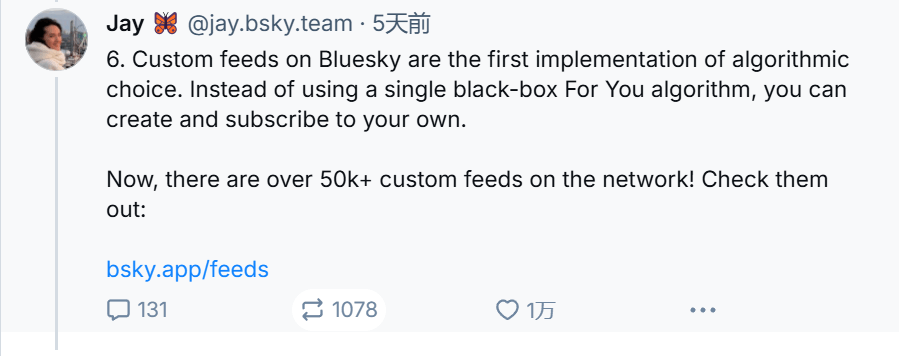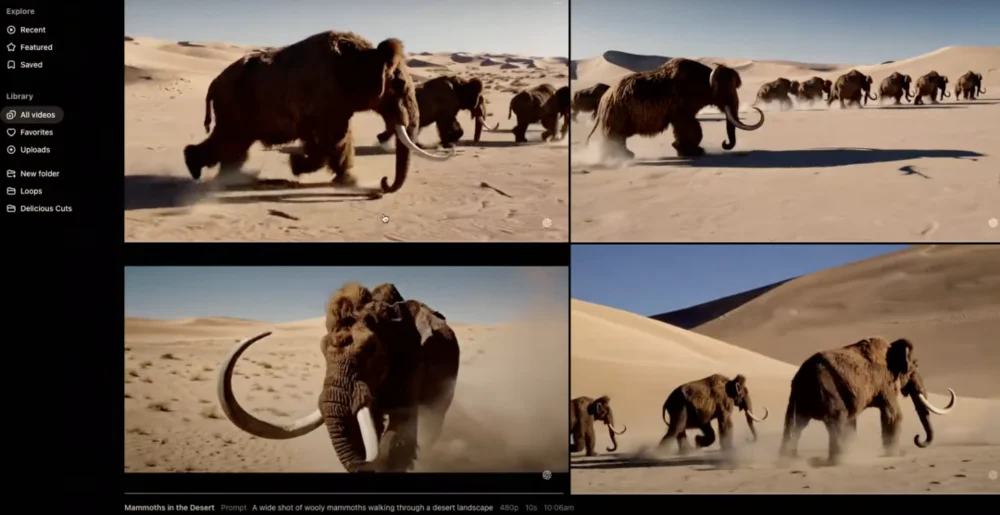In the turbulence of the workplace, conflict seems to be an inevitable byproduct. But as the Roman philosopher Seneca once said, "Where there is conflict, there is an opportunity for wisdom and courage." In this article, we will explore the nature of conflict and how to resolve it in the workplace to make work more efficient and harmonious. From economic booms to the reality of intense competition, the author, Pengpeng, will guide you through the logic behind conflicts and how to become a hero who solves problems in adversity.

In the years before the pandemic, the economy was growing rapidly, and many companies were thriving.
Take this metaphor: "When the wind is right, even pigs can fly."
In prosperous times, everything seems to go well. Communication flows smoothly because the results are good, and there are fewer conflicts.
Fast forward to the past few years, and the overall environment has changed. People have started to notice a difference.
What’s different?
In the past, everything companies did made money; now, nothing seems to make money (referring to businesses here).
Why is that?
It’s similar to the recent stock market surge (from 2600 to 3600 points in just a few days). Did the companies suddenly create exceptional value during those days? Not really—it’s just that they were caught in the right moment of opportunity.
A product could be launched, and regardless of the product manager's skill or the product's quality, there were customers willing to pay.
But in recent years, with a tougher environment, it's harder to make money.
As a result, when planning a product, teams have become more cautious and start asking a lot of questions, such as:
What value does this bring to customers?
What is our core value?
How much market share do we have?
How many competitors are there?
What are our company’s strengths?
What sets us apart from the competition?
Despite asking many questions, validating ideas, and answering concerns, in the end, companies still struggle to make money.
When money isn’t being made, competition (often referred to as "involution" in China) begins.
What are the signs of this? Here are a few questions that might resonate with you:
"Let's push ourselves harder and work overtime for this release. It’s the most important version this year, and the market has high expectations. It’s going to sell big."
"Why does your team need so many people? Can’t you improve team efficiency?"
"Is this requirement really that important? The development team can't handle it; maybe we should adjust the priority."
"Our department is supporting the company’s strategic business this year; we don’t have the resources to support you."
What does competition bring?
I believe the most significant thing it brings is conflict.
When money is flowing, everyone gets along. When it's not, people start arguing and negotiating.
So, when conflict arises, what should we do? How should we handle the situations like those mentioned above?
Today, let’s take some time to discuss this thoroughly.
The frequency of conflict differs significantly depending on whether the environment is good or bad. Let’s take overtime as an example:
In a good environment:
The company says, "This release is important for the company. Let’s work overtime and push through. You’ll get double pay for working weekends."
Employees think, "It’s not time off, but there’s overtime pay. If I push through, the company is doing well, and I’ll get a bigger bonus at the end of the year."
In a bad environment:
The company says, "This release is important for the company. Let’s work overtime, and we’ll give you time off later."
Employees think, "Time off isn’t appealing. With the current tough environment, this project might just be a pipe dream. I’m not confident in following through."
In these two different situations, it’s easy for conflict to arise between employees and the company. For example, leaders may hesitate to ask their subordinates to work overtime, or employees may resist when asked to work overtime.
The saying "heroes arise in troubled times" applies here—the more conflict there is, the more your ability to manage it will be tested.
In difficult times, those who can effectively handle and resolve conflicts are more likely to stand out.
What is Conflict?
Imagine you and someone else, let’s call him Zhang, are tied together by a rope. You both walk one meter east. As long as you both agree on the direction, there’s no conflict. But if you want to go east and Zhang wants to go west, conflict arises.
In my understanding, conflict occurs when there’s a disagreement in thoughts or actions, preventing forward progress.
Let’s take a work scenario as an example:
Department A wants to develop a product and needs to use code from the public platform. There are also modifications required for the platform’s code. However, the public platform department refuses the request. This is a conflict.
You need to ask your team to work overtime to meet a deadline, but the team is unwilling. This is also a conflict.
Often, we approach conflict resolution incorrectly.
Conflict typically arises during the process of achieving a goal, but we tend to get stuck on specific actions rather than focusing on the end goal.
That may sound a bit abstract, so let’s clarify with an example about overtime:
First, the purpose of working overtime is to ensure the release happens on time.
Next, the purpose of releasing on time is to deliver key value externally on schedule.
Finally, what is the key value? Is there a problem with its progress?
If you’re the project manager and you analyze the goal, you’ll see that there are several options for action:
Option A: Ask employees to work overtime and push to meet the deadline.
Option B: Don’t ask for overtime. Instead, review the key value components and discuss cutting non-essential features with the product manager.
Doesn’t that make things clearer?
The core is to meet the goal.
Once you understand the goal, there are many ways to resolve conflict. Here’s a case to illustrate:
Department A is planning a release this year that involves coordination with multiple departments.
Department B is responsible for public platform capabilities and supports Department A.
However, Department B’s core business for the year doesn’t include this, so they don’t plan to support Department A.
As the project manager for Department A, what should you do?
Do you clash head-on with Department B, escalating conflicts and forcing them to compromise and support your business?
That’s one approach.
But showing your conflict resolution skills requires a more systematic view. Based on the breakdown of the goal, here are a few possible solutions:
Ask if the support from Department B is truly necessary. Can it be reduced?
Discuss the timeline with Department B, and if escalation doesn’t resolve the issue, it may become a higher management decision.
Offer to send your team’s developers to Department B to implement the changes while they provide guidance.
Discuss the value and benefits with Department B to see if they’re willing to invest resources.
Implement the required code changes within your team without using Department B’s resources.
Lower expectations and communicate with Department B about a future support timeline, agreeing on a rough time frame.
Your core goal is to meet the target, and the specific action isn’t as important. The key is to show your superiors that you can handle problems well and mitigate risks when conflicts arise.
That’s where your ability shines.
One additional point: It’s not just about meeting the goal. You also need to consider how to maintain good relationships with those involved.
From the conflict resolution methods above, you could escalate and force upper management to make Department B cooperate. But that might alienate Department B, making future collaboration difficult.
You may have solved the immediate problem, but if you’ve alienated everyone around you, it won’t reflect well on your conflict resolution skills.
So, in resolving conflicts, aim to meet the goals while ensuring that key stakeholders feel satisfied.
When the tide goes out, you see who’s been swimming naked. In challenging times, conflict management becomes an even more crucial skill. This article only scratches the surface, but I hope it inspires you to think further.







